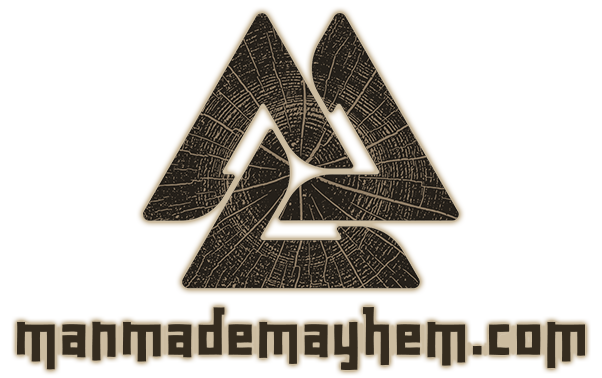It has been slow on the blog. There are a variety of reasons for that, the main ones being that my control PC broke down and I had to source another one that still had a parallel port on it, and also me spending the summer doing garden remodeling and various finishing touches around the house. We had a good summer so I preferred spending it outside. But we all knew winter was coming (see what I did there? :-)) and I finally got hold of an old PC to abuse.
A machine like my ShapeOko 2 is typically used to create beautiful decorative pieces. But that’s not all it can do. I have used it to make upgrades to itself, and now I got a chance to have it help me doing my home improvement chores.
A small section of my house has a flat roof. The roof itself and the wall stucco were done by professionals, but there was an unfinished (non water tight) strip in between those that I wanted to address. I bought some 1mm lead strip to bridge that gap, so all I really needed to do was cut it to size and wedge it in between the aluminium top profile and the wooden frame behind it. But since pictures say more than a thousand words, below you can see both a finished and an unfinished piece of wall.
Note that I was working on a ladder with a 6 meter long strip of extremely heavy material. And I only had 1 set of hands to try and keep it all in place. Additionally, in some places there was very little wiggling room to fit the lead in between the aluminium and the wood so you can imagine my struggle. Therefor, I decided to make a wooden jig to help me.
The idea is simple: I came up with some kind of lever that catches underneath the aluminium profile and which has a long handle for me to push away, forcing a wider gap to work with. I took some measurements, but still ended up having to make 3 prototypes until it matched the profile exactly.
Below you can see all the grabbing action. It should now become clear how it is supposed to work. Push the handle back and the lever forces the profile to tilt forward, allowing me to insert the lead sheet underneath.
This worked wonderfully, I have to say. I tried doing this with my bare hands earlier but that got very old very fast. Hooray for making useful custom tools on the CNC!






